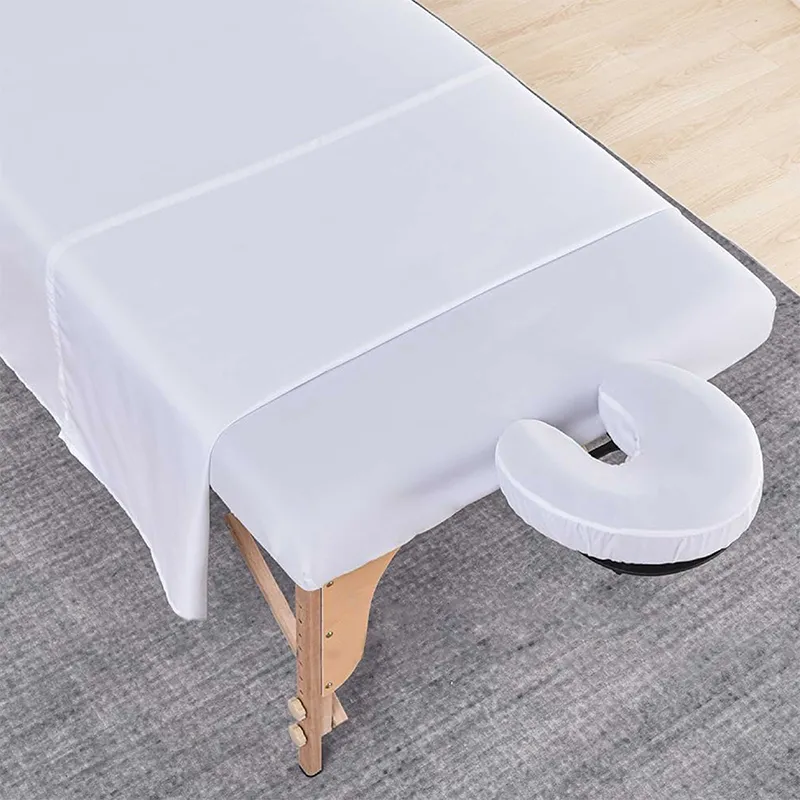light warmth duvet insert
...
2025-08-16 10:59
2476
The tactile experience of sleeping beneath stonewash printed sheets is nothing short of indulgent
...
2025-08-16 10:43
849
And speaking of looks, linen sheets have increased in popularity in recent years because they are inherently more boho chic than cotton. Stylists and the Instagram-obsessed love them for their deep texture and camera-friendly looks. They ooze that effortless je ne sais quoi that people associate with French style — unpretentious but impossibly chic.
...
2025-08-16 10:35
1619
Number of threads
...
2025-08-16 09:55
1584
In conclusion, a hotel-style down alternative comforter offers a luxurious sleeping experience, complete with the indulgence of a five-star retreat and the practicality for everyday use. It combines the softness, warmth, and hypoallergenic benefits that make it a popular choice for discerning sleep enthusiasts. So, why not elevate your bedtime ritual and bring the comfort of luxury hotels into your own bedroom with a down alternative comforter? After all, a good night's sleep is the ultimate luxury we can gift ourselves.
...
2025-08-16 09:28
695
A very light duvet insert is an excellent choice for anyone who prefers a cooler and more breathable sleeping environment. By choosing the right duvet insert based on fill power, thread count, and size, you can enjoy a restful and comfortable night's sleep. So, why not give a very light duvet insert a try and see the difference it can make in your sleep quality?
...
2025-08-16 09:00
2946
...
2025-08-16 08:48
1061
When it comes to comfort, elastic fitted sheets excel
...
2025-08-16 08:47
1026